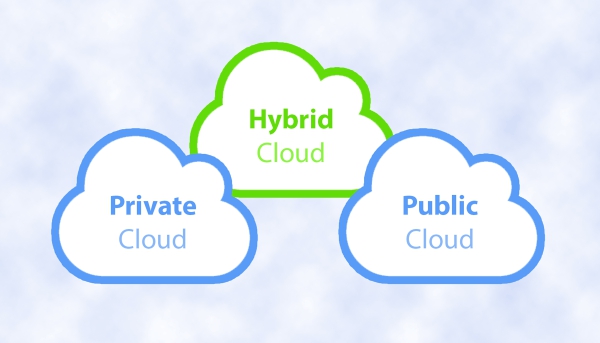With workers demanding more flexibility and choice, organisations face a challenge in managing and supporting such a free-spirited and dynamic workforce.
The modern-day workplace is not confined within an office campus as organisations and employees get more comfortable with the idea of working anytime and anywhere. The present-day workforce is defined by its flexibility, freedom and choice of work hours or work location. People now work from anywhere, anytime and could be using a variety of devices or platforms. With newer techniques of work emerging, organisations are trying to find innovative and smarter ways to manage the workforce.
The workforce now isn’t just about the employees, but includes the extended eco-system of partners, customers and crowd-sourced support. Now, with workers demanding more flexibility and choice, organisations face a challenge in managing and supporting such free-spirited and dynamic employees. The challenge is to keep them connected yet liberated, and it is with the use of cloud that organisations are able to achieve this. Here are five ways in which an appropriate cloud solution can help organisations optimise their workforce performance:
1) Cost effectiveness: Cloud-based solutions help save costs of additional expensive on-premise solutions, as they offer the ability to adopt new technology in areas, such as voice and videoconferencing. In addition, a new technology can be easily made available to the users without having to wait till the end of the existing product lifecycle before switching. It also helps save the cost involved to engage IT managers and for maintenance contracts of on-premise solutions.
2) Ease of access: The fact that organisations and users can access an application from any Internet-enabled device/browser is a much sought-after convenience and a major advantage that organisations value in cloud-based UC (Unified Communications) solutions.
3) Flexibility: Hybrid cloud solutions offer additional flexibility and agility to support the numerous user profiles that make up the new modern and virtual workforce. It also offers variable bandwidth to cope with upsurges in demand, when there are sudden peaks in demand, such as additional retail staff during holidays.
4) Enhanced collaboration: A hybrid cloud platform not only enables flexibility but greater levels of employee collaboration while offering the ability to support the different needs of a fully dynamic workforce. With greater transparency into real-time time and expense data, projects run more smoothly. Instant accessibility to the information workers require helps them collaborate better and work productively with other team members, irrespective of their locations.
5) Improved diversity: This may be more of an indirect benefit, but is a significant one. By streamlining ridged work practices and improving employee collaboration and workforce mobility, a hybrid cloud solution allows people to work at their ease with flexibility. It encourages more people to join the workforce, thereby boosting diversity. It indirectly acts as an enabler of diversity and inclusion by creating opportunities to work remotely and flexibly, and stay connected.
As organisations become more open to remote working and virtual workplaces, they will need to consciously think of smarter ways to keep employees connected and updated at all times. This need to stay connected constantly, has given rise to better and smarter cloud technologies that help businesses keep their workforces liberated from the physical office space, yet connected across borders.
Having said that, it is also important that organisations gear up to embrace such technologies and have the right tools or expertise in place. In addition, they should also be able to navigate the complexities, maintain oversight of systems and data and retain full ownership of choices and decisions made within the cloud network.
Value our content... contribute towards our growth. Even a small contribution a month would be of great help for us.
Since eight years, we have been serving the industry through daily news and stories. Our content is free for all and we plan to keep it that way.
Support HRKatha. Pay Here (All it takes is a minute)



























